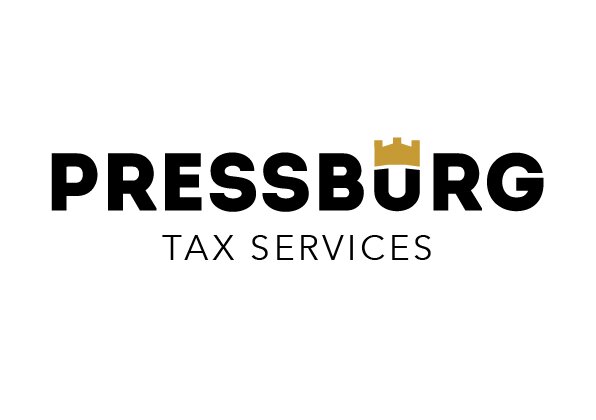Tax Savings Self -Diagnosis Checklist
by Maria Szobi
We are heading into the Holiday season with little to no idea about what to expect in the new year. Our sphere of influence has seemingly shrunk to only our tiny little quarantine bubbles. Despite the feeling of helplessness, there is still a LOT we can do for our future.
Below is a 10-point actionable task list. If you complete at least two points, you will proactively do something good for your future.
Connect with me if you need an accountability partner or more elaborate tax advice!
Start and maximize your contributions to your retirement plans. Making contributions pre-tax is always good strategy, especially if you expect to be in the lower tax brackets in your retirement years. Self -employed people can easily set up SEP or any other suitable plan to start saving and actively lowering their taxable income now.
Consider ROTH Conversion if your income has dropped significantly during the year. This strategy accelerates taxation of your pre-tax contributions and/or income using lower tax rates and offers tax-free growth and distribution in the future.
Maximize your pre-tax HSA contributions. This tool gets often overlooked but this is a nice strategy for lowering taxable income while saving for future medical cost.
Rebalance your investment portfolio and see if it makes sense to sell any appreciated capital assets to offset any existing capital losses.
Consider shifting investments from bonds to stocks that pay dividends. Bonds usually pay interest which is taxed at higher ordinary tax rates.
Each individual can gift to another person up to $15,000 tax free. A year-end gift of appreciated security/property can move taxable gain to family members in a lower tax bracket.
This year you can take up to $300 of charitable deductions on top of your standard deduction. The CARES Act also removes limitation for charitable deductions. This means you can gift away all your income if you choose to.
Check your withholdings and estimated tax payments. The simplest method is to use a safe harbor method to avoid any tax underpayment penalties. This means you either need to pay 100% (110% if your income is above certain limit) of your 2019 tax liability or 90% of your 2020 tax liability.
Check the thresholds for the Economic Stimulus Payments if you didn’t receive one this year. Can implementation of any of the above strategies help you lower your income to qualify for this stimulus payment?
Determine if your dependents still qualify as your qualified dependents or if they need to file their own tax returns. If they do, make sure they take advantage of any educational credits or the economic stimulus payment mentioned above.
If this is all sounds good but is a bit overwhelming, reach out and schedule my free consultation.
